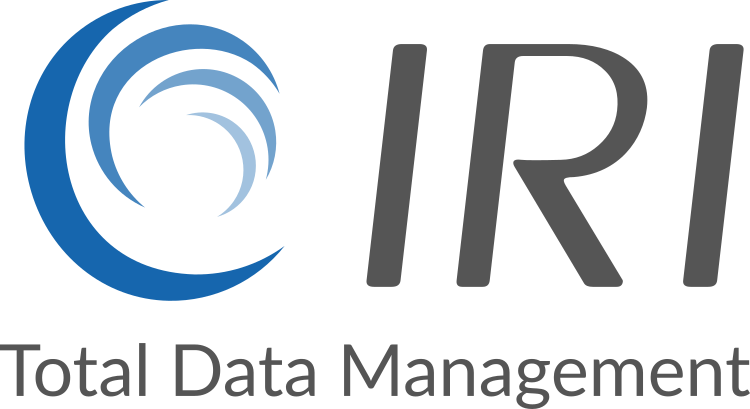Challenges
Encryption is one the best ways to protect personally identifiable information (PII) and other sensitive data because it supports reversibility and determinism.
Unfortunately, most data encryption solutions are untargeted, costly, and/or cumbersome to implement or modify. And beyond application, algorithm, and encryption-key-management decisions, there are considerations like authentication and tokenization, format preservation, and referential integrity.
Standalone, data-centric PII encryption solutions addressing multiple database table and flat file formats (.txt, .csv, .sam, .dat, .xml, ldif, ,sql, etc.), or IoT and other data streams, are few and far between. Most of the data masking solutions that can encrypt more than a single database are limited in source scope and functionality, or are very expensive otherwise.
Meanwhile, hardware-based encryption and appliances that protect entire networks, machines, databases, disks, or files are inefficient, and overkill. They restrict access to everything, while only sensitive fields need protecting. And if decryption occurs, everything is exposed at once.
Solutions
IRI data masking (*shield product) tools in the IRI Voracity platform or IRI Data Protector suite nullify the effect of data breaches by classifying (finding) and encrypting PII at the field or value level across multiple data sources. IRI FieldShield and the SortCL program in Voracity or IRI CoSort all include 3DES, AES, FIPS-compliant OpenSSL, and GPG encryption/decryption libraries.
Both IRI DarkShield for structured, semi-structured, and unstructured data sources, IRI CellShield for Excel share the same encryption functions, data classes and UI for consistent function application and referential integrity as needed.
FieldShield also provides a broad range of other static data masking (SDM) and dynamic data masking (DDM) functions and methods -- and allow your own -- as part of an overall data loss prevention (DLP) strategy.
Consider these benefits of targeted data encryption:
Learn more about IRI's uniquely powerful field encryption capabilities for data protection and privacy law compliance:
Related Solutions
Product Links
Blog Articles
Other Resources


